A few days into the new year, Americans awoke to the news that the United States had assassinated Iranian General Qasem Soleimani. Fears of military conflict with Iran dawned on thousands, search engine hits for “World War 3” soared, and both Iranians and their loved ones in America braced for what might be next.
Although U.S. military personnel overseas were the ones closer to harm’s way, many young people at home in the United States immediately wondered if there could be a draft. By 8 a.m. on January 3, the Selective Service, which maintains records of those registered for military draft in case of war, was reporting website overload. On social media, users posted memes about leaving for Canada, imagining spontaneous road trips north and draft-safe igloos. Others posted more poignant messages, like the mother of an 18-year-old who sat her son down for “the talk” about moving north if the draft became real. Why does Canada spring to mind so quickly when Americans fear war?
Canada’s unique role in the American imagination comes in part from its very real history as a source of refuge. During slavery, enslaved Africans sang songs with encoded messages of resistance: Follow the north star to freedom, in Canada. That was precisely what thousands of enslaved people did, founding Canada’s largest early black community.
One-hundred years after slavery’s official end, a new generation of Americans sought refuge in Canada. Their goal was to escape participation in the Vietnam War, and they couldn’t help but see themselves as a modern-day version of that underground railroad, writes historian Wendell Adjetey. What resulted over the next decade was a massive, highly organized project to resist the war by draining the U.S. military of its human power.
Roughly 50,000 men are estimated to have made it out of the draft’s crosshairs by fleeing to Canada. Female activists, although exempt from the draft, approached their political role with equal seriousness, sometimes posing as partners of male resisters to help them cross the border without arousing suspicion. Volunteers in both countries threw themselves into the work of helping young people reach Canada: staffing hotlines, counseling youth about their options if drafted, and putting them in touch with people and resources to make the journey to Canada go smoothly. Canadians put pressure on their government, staging clever border actions to demand immigration officials welcome a larger number of resisters.
But when it came to the Underground Railroad analogy, there was one problem. At a time when American casualties in Vietnam were disproportionately African-American, most of those who successfully made it to Canada were white. Other racialized groups among the resisters in Canada are scarcely discussed in sources on the period.
The experience of black resisters in Canada was fraught. While attempting to cross the border, they faced scrutiny that white resisters did not. For those who made it in to Canada, adapting to their new country was difficult, and blending in was impossible. Local demographics, art, and culture felt so white that resister Eusi Ndugu compared arriving in Canada to “jumping into a pitcher of buttermilk. … There’s a race problem here, just like in the Northern cities of the U.S.” Although Canadians were polite, black resisters could sense a “subtle anti-black bias” –– not just among locals, but among white resisters, as well.
To combat their alienation, black resisters took matters into their own hands. In 1970, a small group of them founded BRO, the Black Refugee Organization. BRO members helped newer arrivals meet their needs and worked out a plan to match African-American resisters with local black Canadian families –– which involved bridging cultural gaps with a now predominantly Caribbean community. Yet very few black resisters ultimately remained in Canada. BRO members soon urged black resisters still in America to “stay there if it is at all possible –– do what you can to resist there.”
The experience of white resisters was worlds apart. For many, Canada became a new home; a place to reinvent themselves among like-minded peers and create lives of meaning. Canadians welcomed them warmly. Even government officials later called the influx of war resister immigrants “the largest, best-educated group this country ever received.” When a 1977 amnesty allowed draft evaders to return home without punishment, thousands chose to stay in Canada.
Resisters of all races went to Canada because they were worried for themselves but also because of their horror at what was happening to Vietnamese civilians. For a generation whose political awakening had begun with Civil Rights, it was difficult not to see bombing and napalming brown-skinned Vietnamese civilians as a racist war. Many early anti-war activists had learned their tactics of nonviolent civil disobedience from Civil Rights work. The young black activists of the Student Nonviolent Coordinating Committee led the way in making this connection between war and racism explicit. Dr. Martin Luther King, Jr. soon followed, gradually making his opposition to the war more visible in his Civil Rights work.
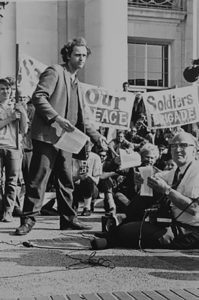
Photo: Mjlovas at the English language Wikipedia
The desperation that many young people felt about stopping the war was summed up by the words of 22-year-old Civil Rights activist Mario Savio. Three months before the deployment of U.S. combat troops to Vietnam, the young Italian-American cried out to student protesters, “There’s a time when the operation of the machine becomes so odious, makes you so sick at heart, that you can’t … even passively take part. And you’ve got to put your bodies upon the gears and upon the wheels … and you’ve got to make it stop.”
For a decade during the Vietnam war, young Americans tried every means they could think of to stop that machine. They sabotaged it by destroying draft records, stood in its way by blockading the trains that moved troops, and made it difficult for napalm manufacturers and recruiters to show their faces in public. By going to Canada, thousands attempted to remove themselves from the machine’s gears entirely. Yet none of them could escape the way that, in the end, racism shaped their available options.
Leaving America surely saved some resisters’ lives, but the machine they fought is still at work. It is held together by the message that some lives –– at home and abroad –– count as less human than others. A new generation will now face the question of how to dismantle it.
April Rosenblum, who writes about race, class, Jewish identity, and movement-building, is at work on a microhistory of black/Jewish relations.



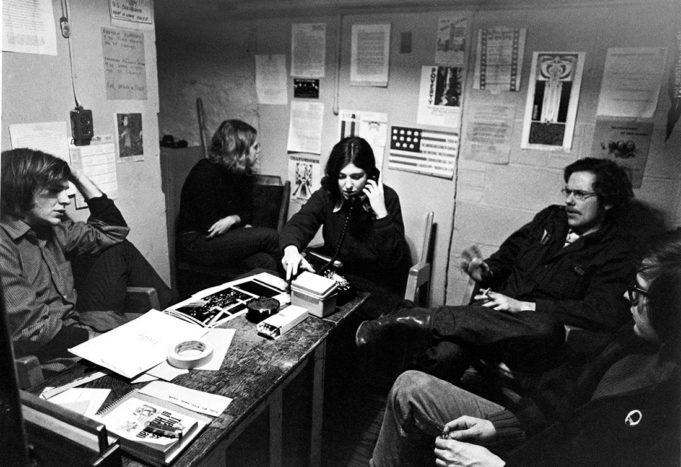
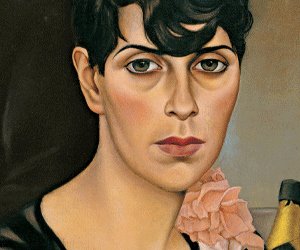
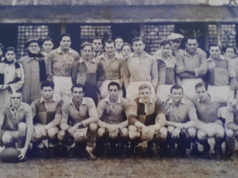
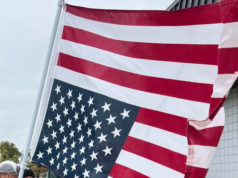






Guess the Fort Worth Weekly didn’t get the memo that World War III has been cancelled.
This article, written by a graduate student in Canada, was posted on several sites weeks ago. Couldn’t the Weekly at least find someone local to scold us?
Frankly, I doubt that Ms. Rosenblum is old enough to have personal knowledge of the public sentiment on the war in Vietnam. Yes, there was widespread opposition to the war and the draft. I remember Muhammad Ali, evading the draft, said words to the effect that “No Viet Cong ever called me a N*****.” And many asked why black men should feel otherwise. But I do not recall any line of thinking that we fought the Viet Cong because they were brown; that is, that the war was “racist” as Ms. Rosenblum asserts. Ali’s statement was a comment on the racial injustice to Ali’s own race, not the race of the enemy, and it would have equally applied to a lily-white Nazi. Remember that ISIS fighters are brown–but we don’t fight them because of their skin-color.